The centre of Niederanven did change considerably over the years. Most of the old buildings did loose their initial affectation and had been renovated and reconstructed to private means, so that their first destination is no longer identifiable. Some of the houses had to get demolished in order to enlarge the roads. The streets did however change less in their network.
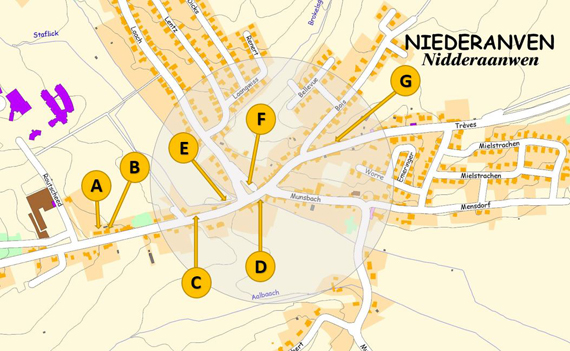
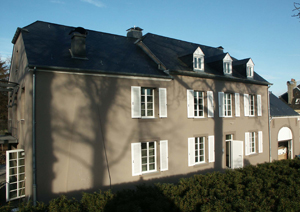
![]() The “Kulturhaus” in Niederanven, belonging to the Thorn family from 1957 to 1998, had been constructed by the clerk and municipal secretary Mr Matthias Schmit.
The “Kulturhaus” in Niederanven, belonging to the Thorn family from 1957 to 1998, had been constructed by the clerk and municipal secretary Mr Matthias Schmit.
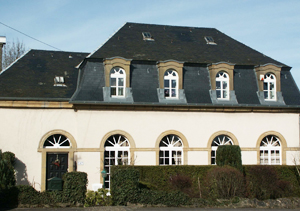
![]() The old school house had been restored and became a private dwelling.
The old school house had been restored and became a private dwelling.
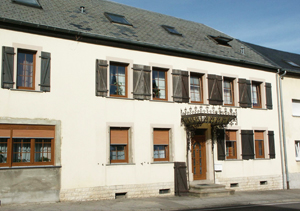
![]() In this house there had been a tannery until the year 1914.
In this house there had been a tannery until the year 1914.
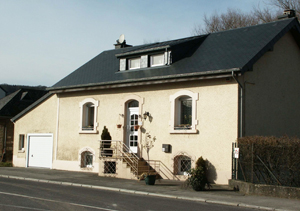
![]() The dairy had been working up to 1941. Today the house serves for private residence.
The dairy had been working up to 1941. Today the house serves for private residence.
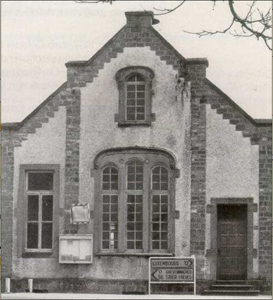
![]() The old townhall (1907–1977) had been demolished in 1978, in order to enlarge the “route de Trèves”.
The old townhall (1907–1977) had been demolished in 1978, in order to enlarge the “route de Trèves”.
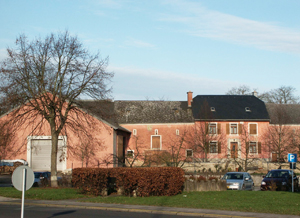
![]() In the 18th century, Niederanven gained a special tourist prominence. The pharmacist Rademacher ran a sort of therapeutic bath in a building near the bridge to Oberanven. The land owner was a certain Mr Severin Bous from Luxembourg City, keeping the house as a week-end house. In 1750 Rademacher rented the house in order to welcome the spa guests, willing to use the medicinal bath. They were also allowed to pray in the annexed chapel.
In the 18th century, Niederanven gained a special tourist prominence. The pharmacist Rademacher ran a sort of therapeutic bath in a building near the bridge to Oberanven. The land owner was a certain Mr Severin Bous from Luxembourg City, keeping the house as a week-end house. In 1750 Rademacher rented the house in order to welcome the spa guests, willing to use the medicinal bath. They were also allowed to pray in the annexed chapel.
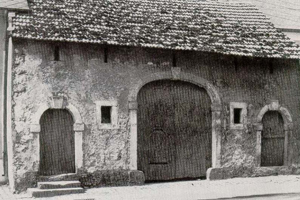
![]() The constant growing of the traffic and the linked difficulties, asked for the construction of a gendarmerie station on the “route de Trèves” (number 213 today) during the Dutch occupation. After the opening of the railway line Luxembourg-Treves, the road “route de Trèves” lost of its importance and the station had been relocated to Rood-Syr in 1861.
The constant growing of the traffic and the linked difficulties, asked for the construction of a gendarmerie station on the “route de Trèves” (number 213 today) during the Dutch occupation. After the opening of the railway line Luxembourg-Treves, the road “route de Trèves” lost of its importance and the station had been relocated to Rood-Syr in 1861.
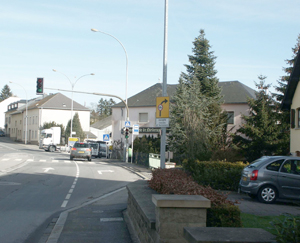
The enlarged “route de Trèves” today.
